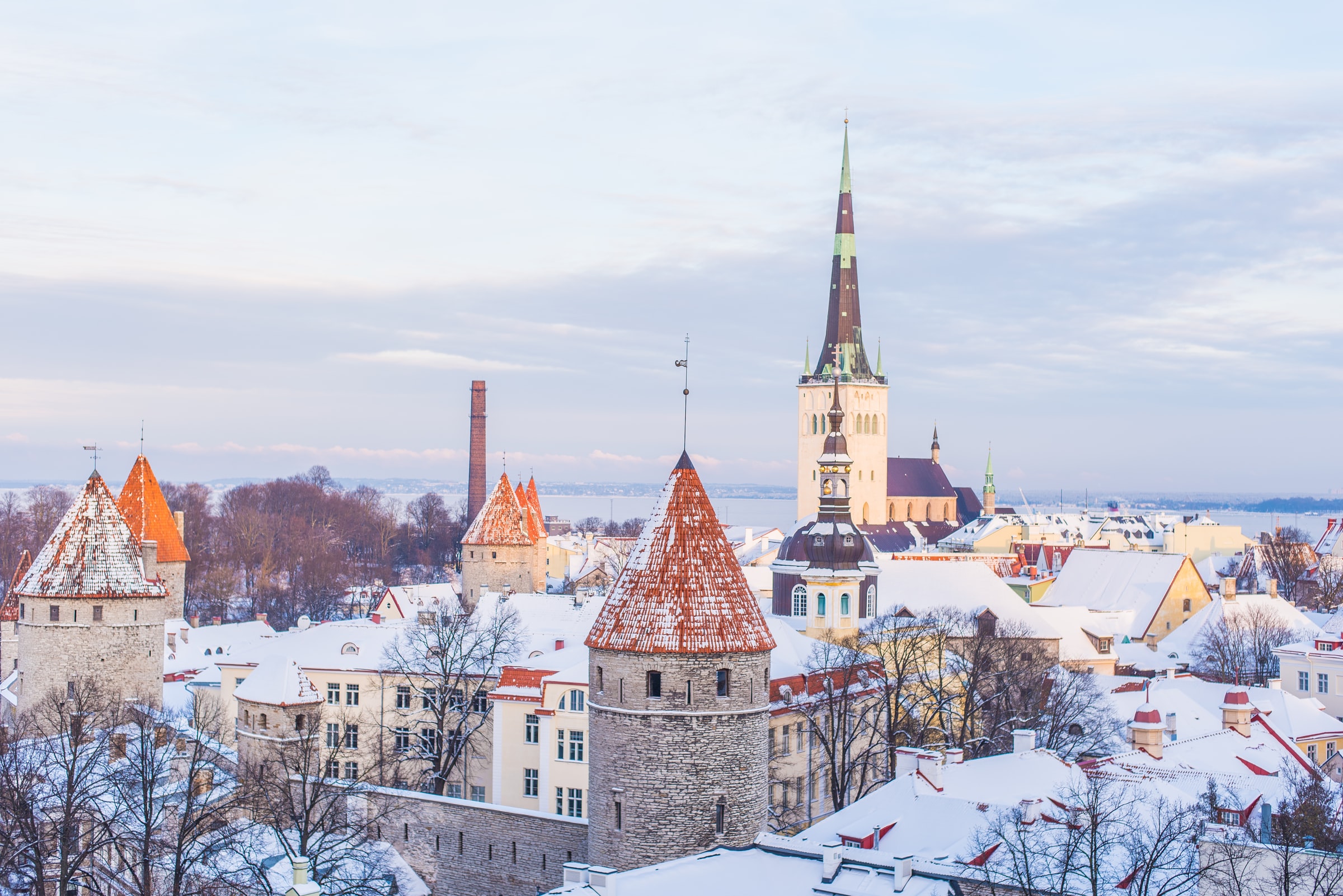- Capital: Tallinn
- Form of Government: Republic
- Area: 45, 339 km2
- Religion: 64,87% No Religion, 34,03% Christinanity
- Phone number: +372
- Language: Estonian
- Time difference: 0
- Population: 1,294,455 (2021)
- Currency: Euro (Eur)

Estonian mean airports are Tallinn Airport(EETN), Pärnu Airport(EEPU), Tartu Airport (EETU).
There are several flights from Helsinki to Tallinn every day. The route is operated by Finnish airlines, e.g. Finnair and Finncomm Airlines and Estonian Air from Estonia. Air Baltic has flights to Tallinn from Tampere, Turku, Oulu and Lappeenranta. Finnair also has flights from Helsinki to Tartu.

Estonia has a nationwide bus network. All major cities, such as Tartu, Pärnu, Viljandi and Narva, can be reached by bus. The route guide is called peatus.ee, which is available in Estonian, English and Russian.

Ships operate from Helsinki (Silja Line, Viking Line, Eckerö Line, Tallink, Linda) to the Estonian capital Tallinn. The journey between Helsinki and Tallinn is only 85 kilometers and takes about three hours. However, there are also faster ships.
![]()
Embassy of Finland, Tallinn Address: Court 4, 15180 – Tel. +372 6103 200 Email: sanomat.tal@formin.fi – Website: www.finland.ee
- Estonia: Travel bulletin from the Ministry for Foreign Affairs: The security situation is stable. Pocket thefts are common. Comprehensive travel insurance is required. Read more














